
3RNET 2025 Year in Review: Part One
Celebrating Milestones, Innovating Technology
This year was a full one for our organization - so much so that we can’t wrap it up into one single blog post! Celebrating 30 years of 3RNET meant much reminiscing, bringing exciting new...
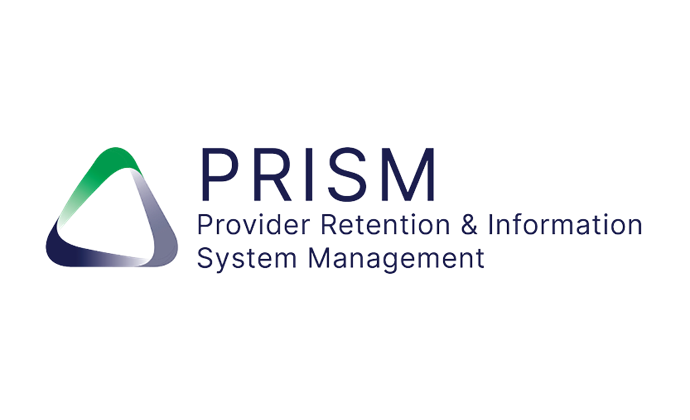
PRISM Moves Forward: Honoring the Past and Looking Ahead
At 3RNET, we are proud of how far PRISM has come—and even more excited about where it’s headed next. What began more than a decade ago as a unique collaboration to help states collect...
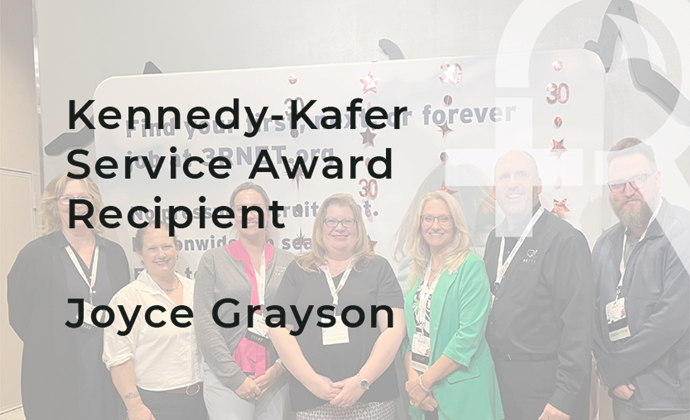
2025 Kennedy-Kafer Service Award Recipient: Joyce Grayson
We sent a few questions to our 2025 Kennedy-Kafer award recipient, Joyce Grayson (Kansas) to learn more about her history with and service toward 3RNET, and what these mean to her.
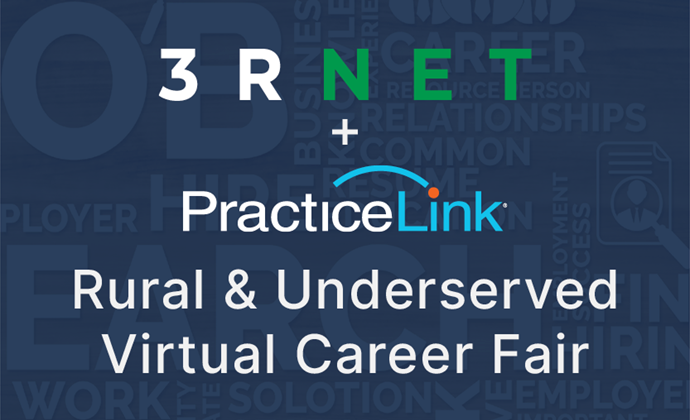
3RNET + PracticeLink Virtual Career Fair
Thursday, November 13, 2025 | 5 - 8 p.m. C.T.
Explore Real Opportunities in Rural Medicine — Without Leaving Home
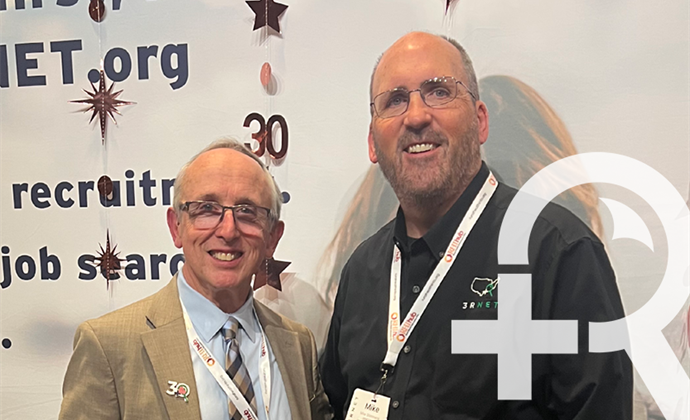
Tom Morris: 2025 Moskol Leadership Award Recipient
The Fredric Moskol 3RNET Leadership Award is presented to a person who possesses outstanding leadership abilities, supports the mission of 3RNET, responds compassionately to the healthcare needs...

Physician onboarding as a relationship-based initiative
When put into action, onboarding is invaluable in supporting workforce development, creating a seamless introduction to a new work environment and leaving a lasting impression that could make all...
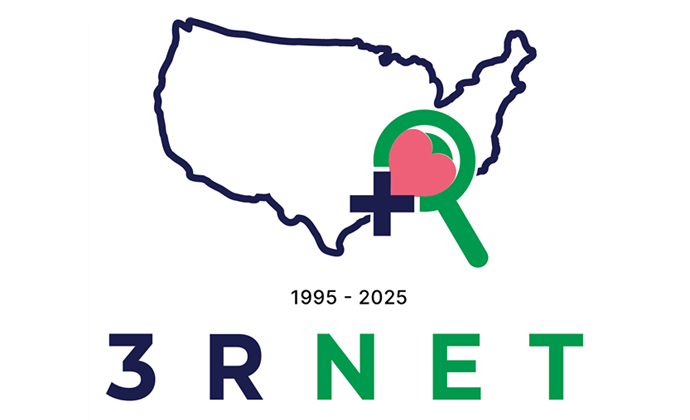
Four simple but effective ideas for recruiting providers to rural healthcare
by Pat Youngblood, DBA, SPHR
Providers who choose to work in rural communities are drawn there for very different reasons; the key to effective recruitment rests in appealing to those motivations
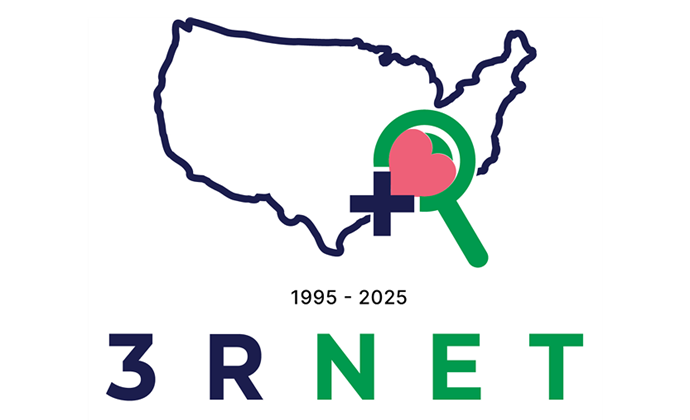
Catching up with, Tim Skinner, 3RNET Executive Director Emeritus
In honor of 3RNET’s 30th Anniversary, our staff has been meeting with the individuals who have made this organization possible through transitions, obstacles, and new demands in the rural...

First, Next, Forever: Astoria, Oregon
This is Dr. Elizabeth Erikson's Story
Behind every successful 3RNET placement, there are dedicated people hard at work helping job seekers find their first, next or forever opportunity. Meet the 3RNET network coordinator who worked...
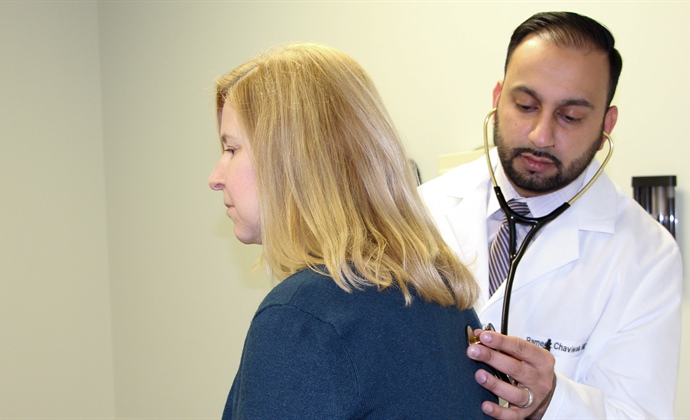
First, Next, Forever: Pennsylvania
This is Dr. Rameez Chaviwala's Story
Behind every successful 3RNET placement, there are dedicated people hard at work helping job seekers find their first, next or forever opportunity. Meet the 3RNET network coordinators who worked...

How 3RNET Network Coordinators Can Help You Navigate the Safety Net Job Search
Insights from Pennsylvania’s Coordinator, Caitlin Wilkinson
Caitlin Wilkinson, a former residency coordinator and now Pennsylvania’s 3RNET Network Coordinator, shares how her background helps her connect healthcare professionals with safety net job...

First, Next, Forever: Burns, Oregon
This is Kaitlyn Davis's Story
Kaitlyn is a Physician Assistant who found her forever position through 3RNET at ThriveWell Clinic in Burns, Oregon. Read how 3RNET helped her find the perfect match to start her physician...